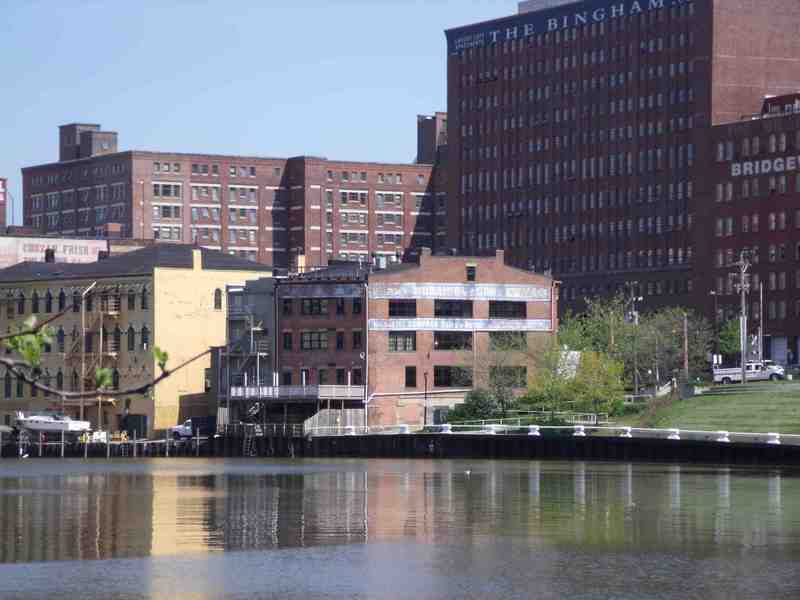Lorenzo Carter Cabin

If there were huge, disease-carrying mosquitoes flying around your house, or if you were told that the Cuyahoga River—steps from your front door— was haunted by Indian spirits, would you stick it out in Cleveland? One man did, becoming Cleveland's first permanent white settler. His name was Lorenzo Carter. Not destined to face the "wilderness" alone, Mr. Carter was later joined by his wife Rebecca and their 9 children, as well as by other pioneers who, following Carter's example, decided that they could make a life for themselves in the new settlement.
Lorenzo Carter (1767-1814) left his home of Vermont and arrived in Cleveland on May 2, 1797, a little less than a year after Moses Cleaveland's surveying party had laid out the town and promptly headed back to Connecticut. Carter decided to make Cleveland his home and built a small log cabin on the east bank of the Cuyahoga River. Despite the hardships the swampy, malarial Cuyahoga brought to his family, Carter made a living trading furs with local Indians, farming, and running the Carter Tavern, which served as an inn and tavern as well as an informal town hall and community meeting place. Carter also ran a ferry service across the river and served as Cleveland's first constable. Had Lorenzo Carter and his family decided not to stick it out in Cleveland, the city might not have developed as quickly as it did. He died in 1814 and is buried alongside Rebecca in Erie Street Cemetery.
As time went on, the story of Carter and his family started to fade from the city's memory. Unlike Moses Cleaveland, no statue was ever erected to honor him. In 1976, however, members of the Cleveland Women's City Club commissioned the building of this replica of Carter's cabin. Its interior was open to the public and contained items that would have been found in the original cabin. Visitors could look inside to get a glimpse of what life was like for the first permanent settlers of Cleveland. Like Carter's original cabin, the replica is now gone, demolished in 2021 for a new boat slip after falling into neglect.
Audio
Images







